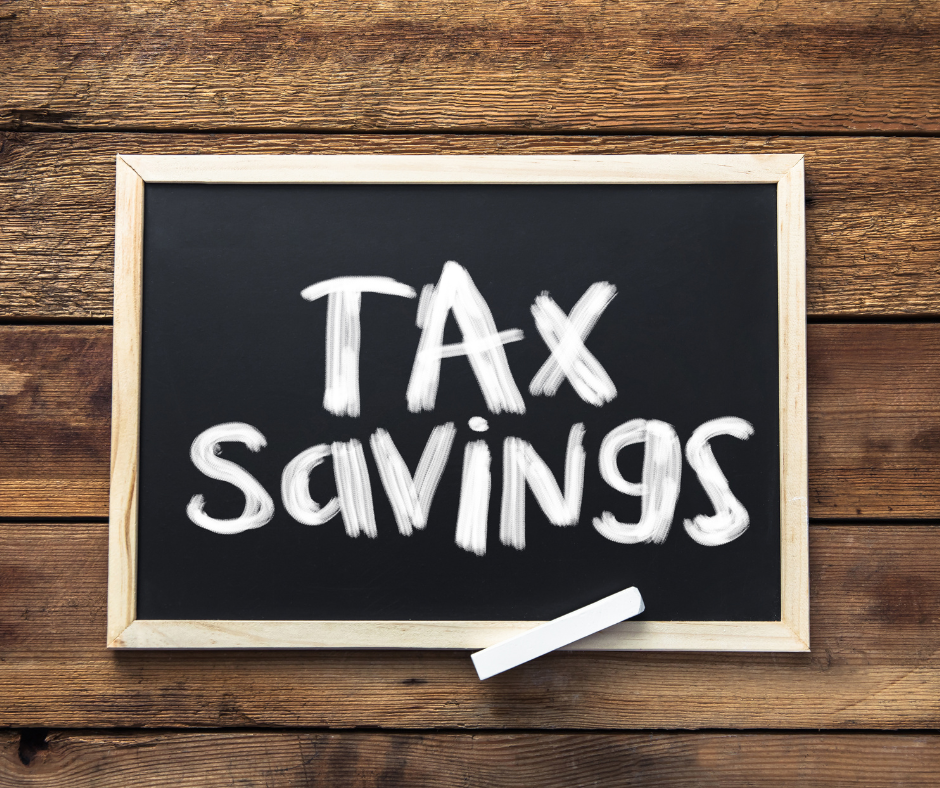
Tax Free Retirement Income
January 7, 2022Many people have been looking ahead to retirement ask if there are ways to generate tax-free retirement income. The good news I get to share with them–and now you–is that there are many avenues through which you can garner tax-free income during retirement. Below, I’ve provided information on a few key methods you may want to consider:
- Roth IRAs are the most common way to achieve tax-free retirement income. However, it’s something that’s best utilized long before you plan to retire.
- Roth IRAs provide tax-free growth on contributions and the earnings that compound over the years. It’s hard to beat that! Since contributions are typically made with after-tax dollars, they are not tax-deductible like a Traditional IRA. If you anticipate your tax bracket to be higher in the future, Roth IRAs can be worthwhile. Contributions can also be withdrawn at any time–without taxes or penalties.
- There are, of course, other pros as well as several cons associated with Roth IRAs. It’s best to look at your individual financial picture with a financial advisor to determine whether it’s right for you.
- Municipal bonds are another way to generate potentially tax-free retirement income. Municipal bonds, or so-called munis, are bonds issued by states, cities, counties, and other entities to raise capital to fund schools, roads, and other public projects. Different projects and issuers carry different sets of risks, and some bonds are more liquid than others.
- The primary benefit for investors in municipal bonds is their favorable tax treatment. For most municipal bonds, the interest that an investor receives is not subject to federal income taxation.
- Munis issued in an investor’s state of residence can also be tax-free at the state- and even local-level in many cases. Munis can vary widely–including in regards to their tax treatment, so feel free to contact me if they are on your mind.
- Annuities and life insurance can also potentially provide tax-free retirement income. The devil is in the details when it comes to these products, so benefits depend on your specific policies.
- Generally speaking, if after-tax money is used to fund an annuity, only the interest is taxable–but there can be several other determinants, including how the annuity was set up and surrender charges. If you own an annuity and want to explore your options, we can go over it together.
- Life insurance policies that have cash value can be a way to generate tax-free retirement income, too. Keep in mind that distributions have some nuances and complexities, and you have to own the right kind of life insurance to receive this benefit. As a result, life insurance policies purchased for this purpose are best chosen in consultation with a financial advisor.
- Long-term capital gains can provide tax-free retirement income, provided that your income is below the threshold ($40,000 single filers, $80,000 married filing jointly filers). Strategic planning in the golden years can go a long way here.
- Health savings accounts (HSAs) can also provide some tax-free retirement income. In HSAs, contributions do not have to be spent by deadlines or within specific timeframes. These contributions are tax-deductible, and the gains that accrue over time grow tax-free. There are limits and limitations with HSAs, of course– they can only be utilized with a high deductible health plan, and there are annual contribution limits.
These are just a few ideas that you and I may want to incorporate into your long-term plan for tax-free retirement income. If you’d like to discuss your retirement strategy or have any other investing questions, please feel free to reach out to me via email or phone. I am always here to help.
Nolan Baker
Back